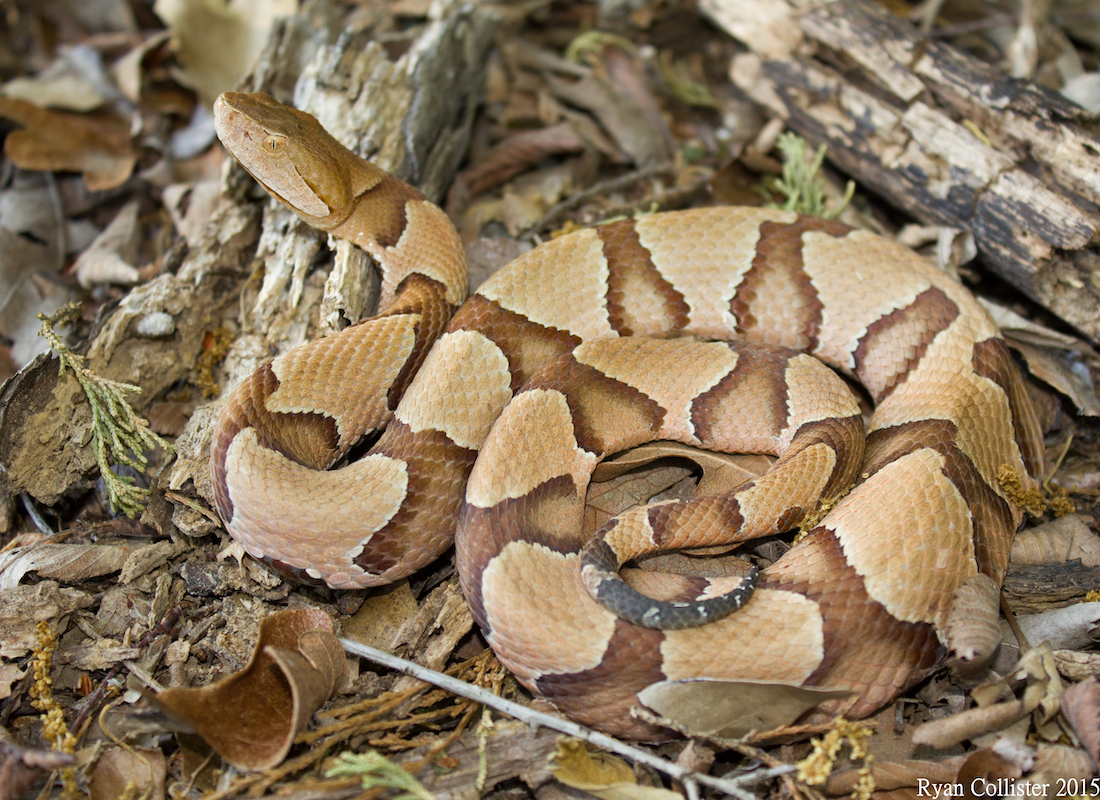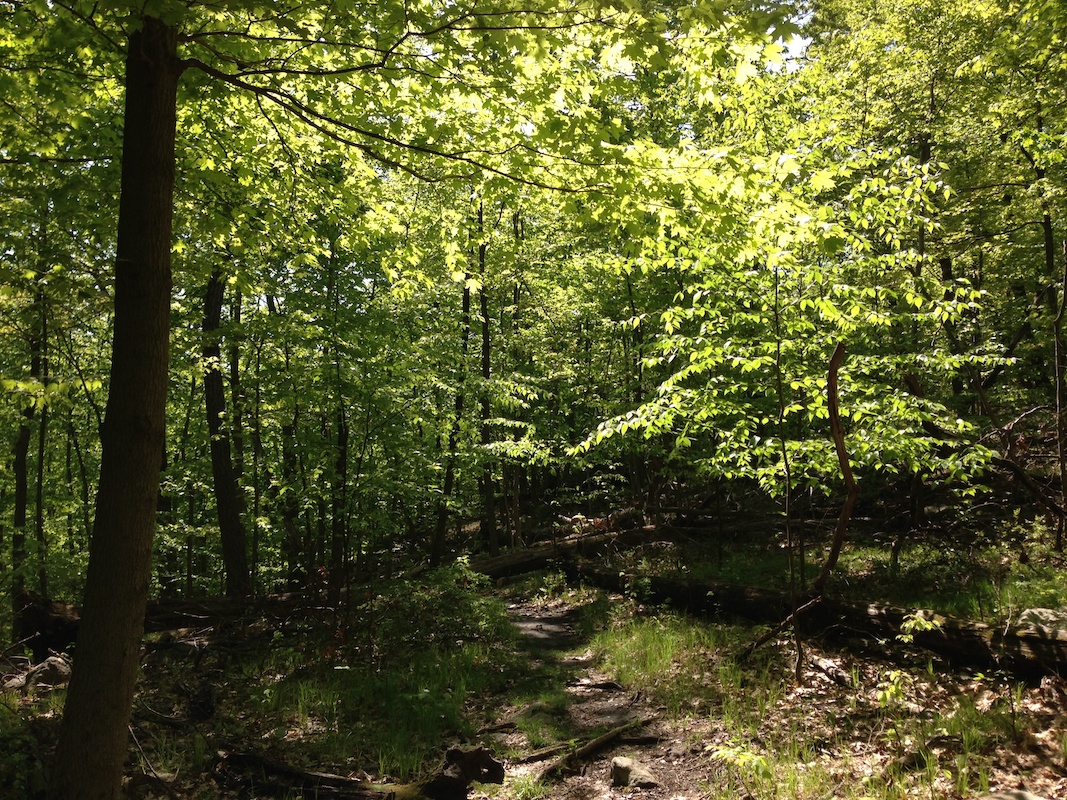Agkistrodon contortrix

TESTA DI RAME
È un viperide della sottofamiglia dei “crotalini”, che però non possiede sonaglio. La sua livrea lo aiuta a mimetizzarsi perfettamente negli ambienti boscosi e pieni di vegetazione dove è solito sostare in agguato, in attesa delle sue prede preferite: roditori, uccelli, anfibi e sauri.
I piccoli possono muovere la punta della coda in modo sinuoso per attirare i piccoli anfibi e le lucertole di cui si nutrono. Questo movimento viene compiuto in modo molto più veloce quando l’animale si sente minacciato, producendo, a contatto con le foglie secche, un rumore molto simile ai veri serpenti a sonagli. Nel veleno (che è meno potente delle altre specie del genere Agkistrodon) è stata scoperta una proteina, detta “contortrostatin”, che, nei topi, arresta la crescita delle cellule tumorali e ne evita la diffusione nel corpo. Anche se velenoso, questo serpente non è aggressivo e il suo morso è raramente fatale.
La specie è stata messa nella lista rossa della IUCN nella categoria “Minor preoccupazione”
(LC = Least concern).
COPPERHEAD
A member of the Crotalinae (pit viper) subfamily, a rattlesnake without the rattle. Widespread in the east U.S. These snakes blend in with leaf-covered forest floors and it is possible to stare right at a copperhead without seeing it.
Like all pit vipers, the copperhead is generally an ambush predator: it takes up a promising position and waits for a suitable prey to arrive. It feeds mostly on small rodents, but also birds and lizards. As babies, copperheads will be about ten inches in length, with very similar coloration and pattern as the adults. The one exception is that the copperhead juveniles have a yellow tail. They use this to lure prey close by dangling the tail like a worm.
The venom of the southern copperhead has been found to hold a protein called “contortrostatin” that halts the growth of cancer cells in mice and also stops the migration of tumors to other sites. Although venomous, these snakes are generally not aggressive and bites are rarely fatal.
Listed at LC (Least Concern) in the IUCN Red List.
Ambiente - Environment
